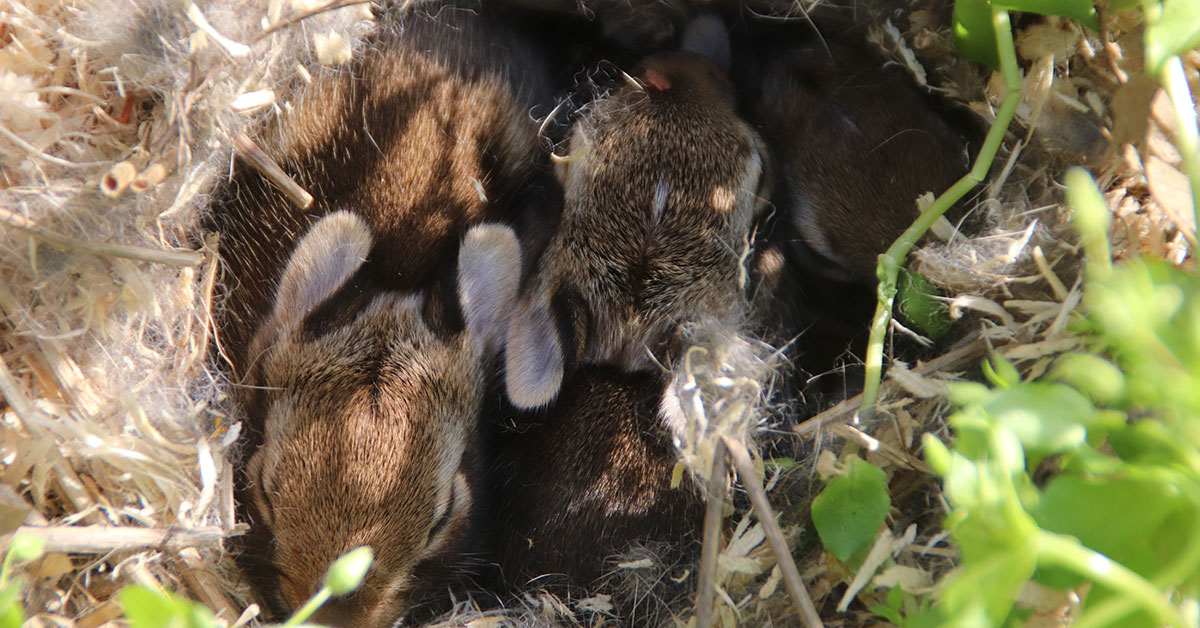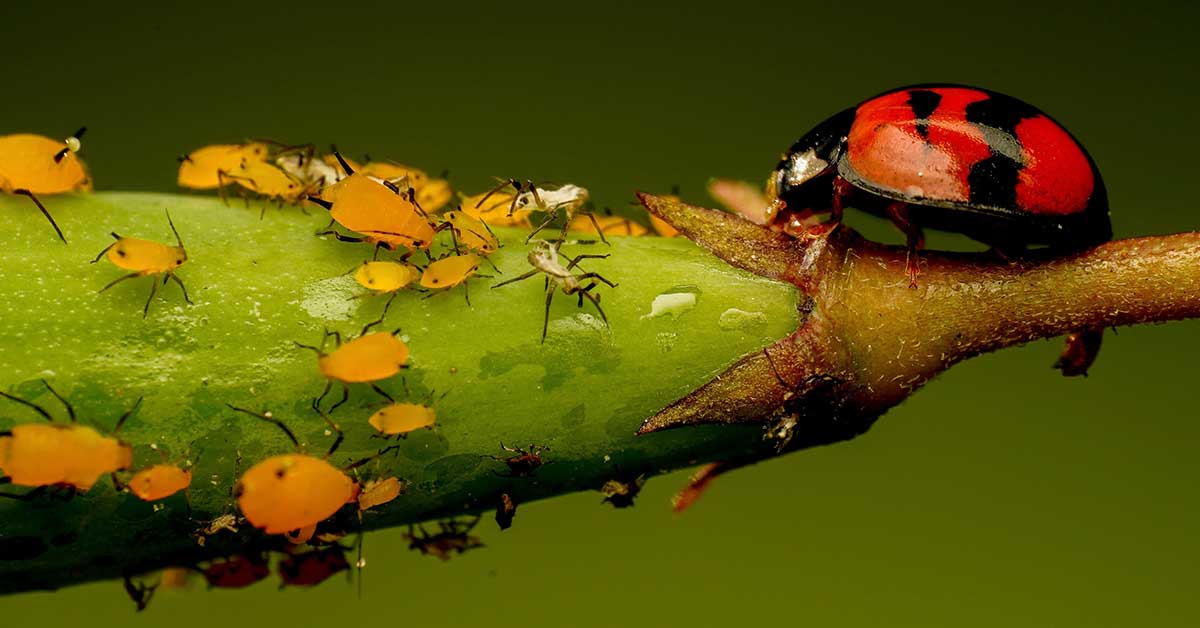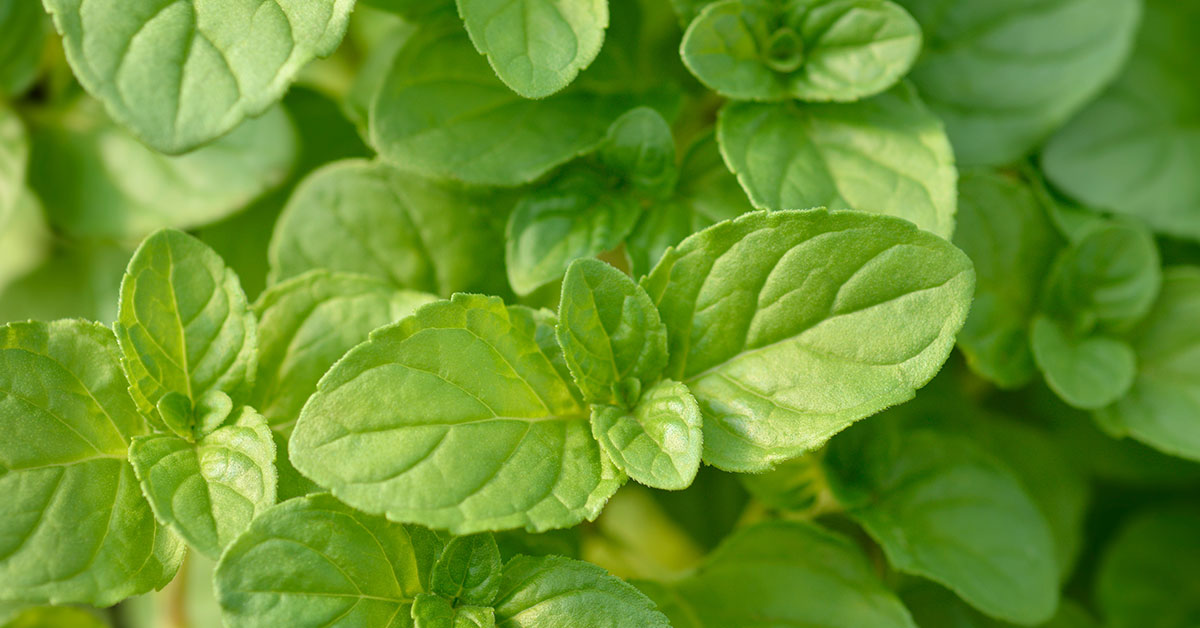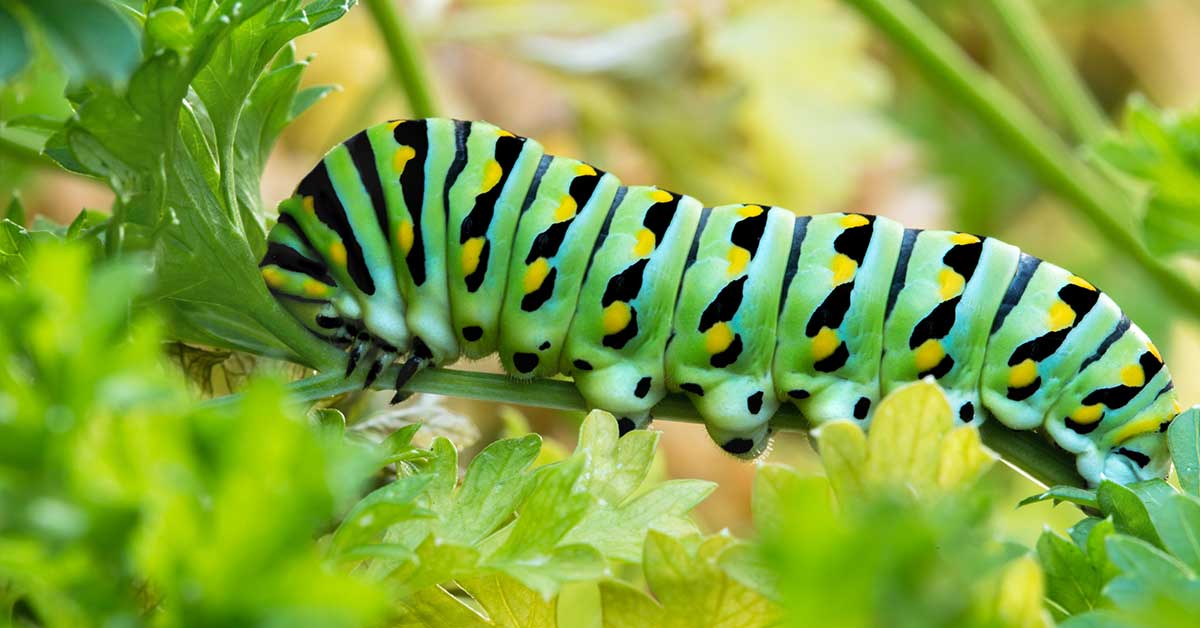Finding a nest of baby bunnies in your yard can be a surprise, but it’s important to know how to handle the situation properly. Rabbits typically have babies, also known as kits or bunnies, during the spring and summer months when the weather is mild and food is plentiful.
The breeding season for rabbits usually starts in late winter or early spring and lasts until late summer or early fall. This period can vary depending on the location and climate. Female rabbits can have several litters in a year, with each litter consisting of 3-8 kits. It is important to note that rabbits are known to breed rapidly and can quickly become a nuisance if not managed properly.
What to do if you find a nest of baby bunnies in your yard
It’s important to know what to do if you find a nest of baby bunnies in your yard because interfering with their natural growth and development can have detrimental effects on their survival. While it may be tempting to pick up the cute and cuddly little creatures, it’s important to remember that wild rabbits are best left alone and given the space to grow and mature on their own. Knowing how to properly handle a situation involving baby bunnies can help ensure their survival and allow them to thrive in their natural environment.
Leave the nest alone
If you happen to stumble upon a nest of baby bunnies in your yard, it’s important to resist the urge to interfere. There are several reasons why you should leave the nest alone.
Firstly, baby rabbits are dependent on their mothers for survival, and their mothers will only return to the nest to feed them once or twice a day, often at night or early morning. Handling or disturbing the nest can scare off the mother rabbit, and she may abandon her babies, leading to their certain death.
Secondly, rabbits are prey animals, and a nest can be difficult to detect by predators. If you disturb the nest, you’re essentially broadcasting the location of the helpless babies to predators like cats, dogs, and birds of prey.
Lastly, it’s illegal in many areas to take or disturb wildlife, including baby rabbits. So not only can disturbing the nest lead to the death of the babies, but it can also result in legal consequences for you.
Overall, it’s best to leave a nest of baby bunnies alone and let nature take its course.
Carefully check for signs of distress
There are several signs that a nest of baby bunnies may be in trouble and may need help. If you notice that the nest is disturbed or destroyed, it’s possible that predators may have found the nest and injured or killed the babies. Additionally, if you see that the babies are scattered or have wandered away from the nest, they may be in danger of becoming lost or separated from their mother.
Other signs that a nest of baby bunnies may be in trouble include if the babies appear weak or malnourished, if they are covered in fleas or other parasites, or if they are visibly injured or bleeding. In these cases, it’s important to seek the help of a wildlife rehabilitator or other experienced animal rescue professional, as attempting to care for the babies yourself can often do more harm than good.
Don’t mow the area
If you find a nest of baby bunnies in your yard, it’s important to avoid mowing around the area. Baby rabbits are often nestled in shallow depressions in the ground and can be difficult to spot. Mowing around the nest can cause damage to the nest or even harm the baby bunnies, as they may not be able to move out of the way in time.
Additionally, mowing around the nest can frighten the mother rabbit and alert predators to the presence of the bunnies, increasing the risk of predation. It’s best to avoid mowing the area until the baby bunnies have left the nest and are able to move freely.
Baby rabbits will generally leave their nest and become independent at 5-7 weeks of age. If you can stand to not mow that part of your yard for about a month and a half, please don’t!
Contact a wildlife rehabilitator that specializes in baby bunnies
If you notice any signs of distress or if you are certain that the mother has not returned after 24 hours, contact a licensed wildlife rehabilitator in your area. They have the necessary training and resources to take care of the bunnies and give them the best chance of survival.
In addition to these steps, it’s important to take precautions to prevent future encounters with bunnies. Keep your yard tidy, avoid leaving out tempting food sources like vegetables or fruit, and consider installing fencing or other barriers to prevent bunnies from accessing your yard. By taking these steps, you can help keep both the bunnies and your yard safe and healthy.













